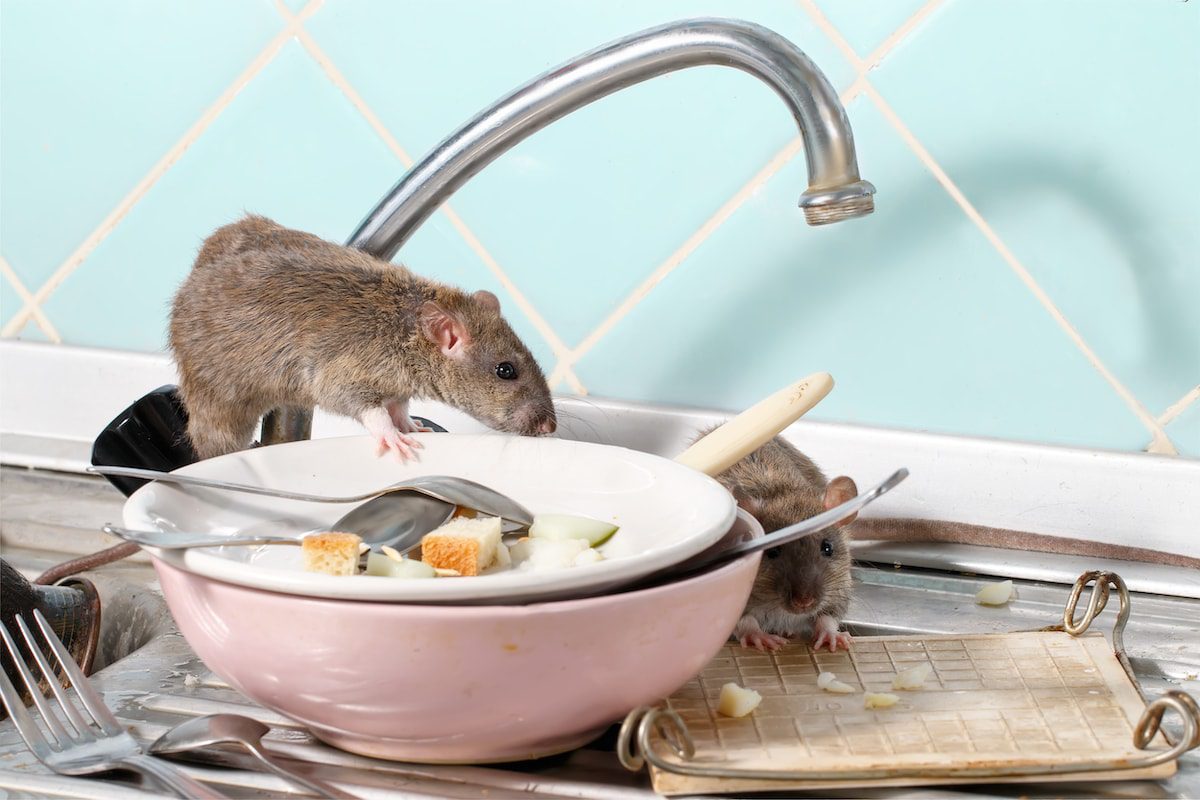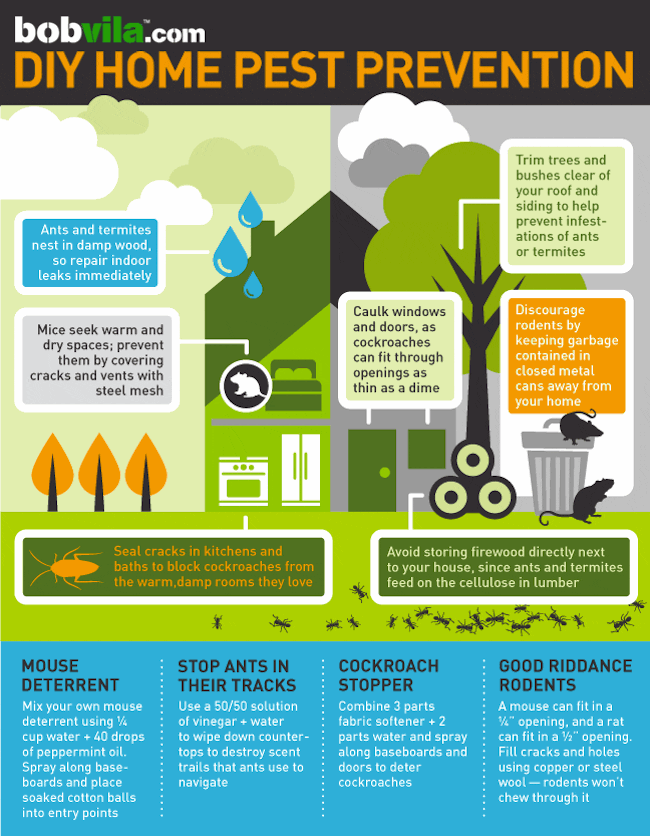How to Keep Critters Out of Your Home Year Round
There isn't an area of the country that can claim itself to be being critter-free. They're everywhere in some capacity, causing everyone to come up with certain strategies to keep critters out of their homes.

“A city's climate greatly influences how vulnerable it is to pest infestations. Cities in warmer regions face more cases of infestations from insects, as the warm climate allows them to live longer than they would in colder climates," according to statista.com.
Nobody wants any pests in their home. While you can feel helpless if an infestation occurs, there are certain steps you can take to keep critters out of your home for good.
Who's getting in
The most frequent, unwanted visitors into your home can cause a lot of damage. Squeezing in through unnoticed cracks and crevices, they set up house in a home that doesn't belong to them.
Rodents
Mice and rats are the two types of rodents who invade homes most often. However, squirrels and chipmunks also fit into this category. In general, rodents invade about 21 million homes in the U.S. according to the National Pest Management Association.
They only need one tiny hole to enter, and once they're in can cause serious damage. Usually targeting the insulation, rodents make paths through it and cause cold pockets. This reduces the insulation's effectiveness.
Rodents can destroy almost anything when they need to make a nest. Their droppings, left behind when they scavenge, can contaminate food, as well.
Raccoons
Raccoons use openings in the roof or eaves of a house, uncapped chimneys or loose shingles for access. Their favorite area to destroy is the roof, chewing holes through the wood or damaging vents.
They're intelligent, adaptable and sneaky. This makes them tough pests to evict. Having them in the home creates a health risk, as well. Their feces can spread parasites like roundworm and rabies.
Bats and birds
Naturally quiet houseguests, bats and birds can live in your home for a while before detected. The longer they're there, the more feces gets left behind. This creates a dangerous situation.
Guano, or bat droppings, can cause a serious respiratory illness if improperly disturbed. Bird droppings can cause several severe diseases, such as E.Coli. Both animals can do significant damage while inside a home, usually within the attic.
Ants
Ants trickle into your home for a few key reasons. They're hungry, thirsty or in need of shelter. Food spills are a huge attraction for ants, especially those with sugar and grease. The odor of these two items are particularly enticing to these insects.
Ants are also drawn to any place where water puddles. Excess moisture in the bathroom or near the kitchen sink can bring them in. Once either of these attractants pique an ant's interest, they'll settle into the shelter your home provides.
Roaches
Unfortunately, a very resourceful insect, cockroaches enter homes through almost any crevice. They target spaces around doors and windows, but can even hitch a ride on a backpack or suitcase.
Masters of camouflage, they're great at hiding and staying undetected. They also prefer to forage for food at night, when nobody's looking. You can find them hiding in small, dark spots behind or under almost anything.
How to keep them out
While each critter may enter through a different area of a home and cause damage in a different spot, similar strategies can keep critters out altogether — no matter the type.
Preventing access
Targeting the areas where any of these critters have access is a great first step in keeping them out. Fill in chimney openings, vents and any exterior cracks or holes. Seal any openings around doors and windows and request roof damage get repaired as soon as possible.
Stopping food availability
The potential for an easy meal entices almost all of these critters into a home. Stop being their meal ticket. Store food in airtight containers, dispose of garbage and don't ignore spilled food and crumbs.
Denying access to water
When moisture collects and puddles, critters think they've found an accessible water supply. Keep attics and basements dry. If you notice water collecting anywhere, notify your property owner so they can address the issue.
Placing deterrents
When it comes to birds, there are more options for keeping them out of your home. You can ask your property owner to hire a professional to install perch repellents.
Purchasing a plastic predator for your porch or yard is also an option. These can look like an owl or hawk. They'll keep the birds away, but usually are only a temporary solution.
What to do when all else fails
When you get to a point where you're doing the above strategies and unwanted critters still appear, it's time to call an exterminator. According to FIXr, the average cost to hire an exterminator is $250-300, annually. Price varies by region. Consider collecting estimates from more than one company to compare pricing.
The primary benefit of adding this service to your home is lasting protection against unwanted critters during the extent of your lease. You may want to check to see if it's something your landlord can cover. If not, consider paying for a quarterly visit from an exterminator yourself. Not only will it help protect your home from all critters common to your area, but their knowledge of pests can help pinpoint potential problems.
Combining an exterminator with the extra attention to keeping critter temptation out of your home should produce results, leading to a relaxing, pest-free environment.


